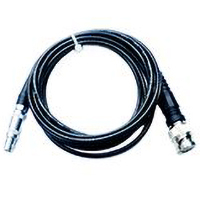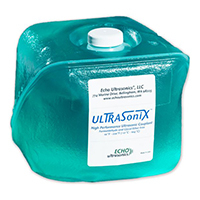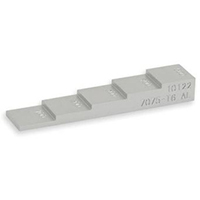UT Cables, Calibration Blocks and Couplant
Cables are the conduit between the Ultrasonic instrument and ultrasonic probe carrying the electrical signal. Cables come in many forms from regular to high strength to heat resistant. Cables have specific connectors to fit the physical size and location on a probe.
Couplant is used to exclude the air between the surface of the ultrasonic probe to the test component. Couplant is packaged in many sizes and is available as a liquid or in a powder. It has many different viscosities dependant on the application. It is also available in different heat ranges so that inspections can be carried out without shutting down equipment.
Calibration blocks are used to set up the ultrasonic instrument to the probe to ensure accuracy is maintained. In ultrasonics inspectors go from the known (calibrated probes) to the unknown (inspecting the component). Calibration blocks are as varied as ultrasonic probes. They can be used to set up for thickness measurements (step wedge) or confirm probe angles (IIW/IOW blocks). Calibration on the same material as the test component is important hence blocks are available is in carbon steel, stainless steel and aluminium.

Cables

Couplant






